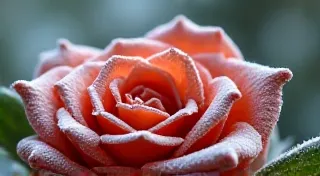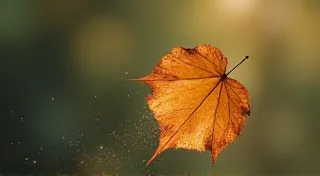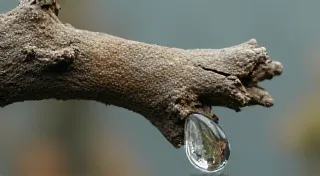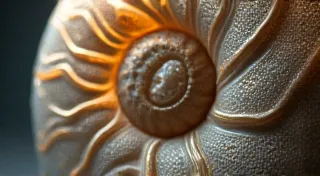The Weight of Tradition: The Symbolism Embedded in Needle Form
There’s a certain gravitas you feel when holding an antique knitting needle. It isn't merely the weight of the material – bone, ivory, horn, wood, or metal – but the weight of history, the echoes of countless hands that have guided these tools across generations. These weren’t simply instruments for creation; they were extensions of the soul, imbued with purpose, and, as we begin to unravel their subtle forms, perhaps even with a silent language of their own.
My grandmother, Elsie, left me her collection. Not a sprawling, museum-worthy hoard, but a modest grouping, mostly wooden and bone, tucked away in a worn velvet pouch. I remember, as a child, being mesmerized by their smooth surfaces, the faint scent of beeswax and time clinging to them. She rarely spoke about them, but I’d often find her studying them, turning them over in her fingers as if deciphering a forgotten script. Now, years later, I understand that she wasn’s just admiring tools; she was communing with the past.
The Material Speaks: More Than Just Functionality
The choice of material was never arbitrary. Early knitting needles were frequently made from what was readily available and often reflected local resources. Bone, harvested from livestock, was common in rural areas. Horn, a plentiful byproduct of the meat industry, was prized for its strength and density. Wood, specifically fruitwoods like apple and cherry, provided a warm, workable material. Later, metal – steel, brass, and even silver – emerged, often associated with higher status and more intricate designs.
Consider a set of finely carved bone needles, each delicately etched with floral motifs. They speak of a maker who wasn’t just concerned with functionality but with artistry. A heavy, dark horn needle, worn smooth with use, whispers of a life of labor, of endless rows cast off to clothe a family. The warmth of a cherry wood needle, retaining the subtle grain of the tree, feels almost intimate, a connection to the natural world. Understanding how regional styles influenced the materials and designs used is a fascinating area of study. It’s not enough to simply note the materials; it’s about understanding why certain materials were favored in specific areas, and the impact that had on the overall aesthetic. For those eager to delve deeper into these nuances, exploring The Collector's Labyrinth: Tracing Provenance and Building a Vintage Needle Collection provides a thorough overview.
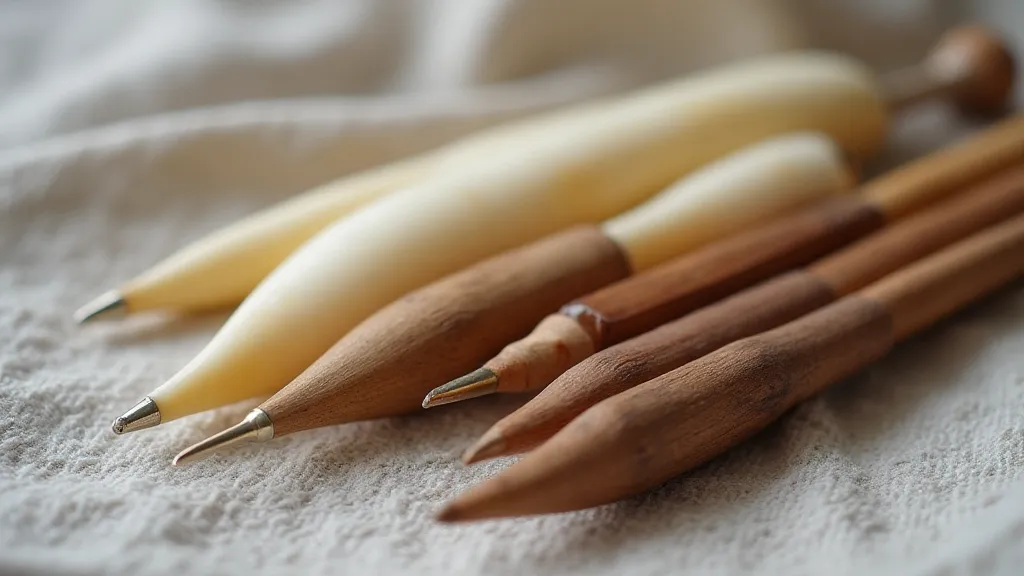
Decoding Design Variations: Length, Taper, and Point
Beyond the material, the shape and dimensions of antique knitting needles offer fascinating clues. Length, for example, varied significantly, influenced by the type of yarn being used and the preferred knitting style. Longer needles were favored for finer yarns and lace work, allowing for greater control and even tension. Shorter needles were often used for denser fabrics and more rustic projects. The taper, the gradual narrowing from the handle to the tip, also played a role in ease of use and the type of stitches that could be created.
The shape of the point is particularly intriguing. Some antique needles feature blunt, rounded points, perfect for working with bulky yarns or creating slip stitch patterns. Others boast sharp, elongated points, ideal for delicate lace and intricate cables. A particularly interesting variation is the “diamond point,” where the tip is subtly faceted. While seemingly decorative, the diamond point might have served a functional purpose, preventing the yarn from slipping off the needle and making it easier to insert into tight stitches.
I’d spent hours meticulously examining my grandmother’s collection, noticing how her smaller needles, particularly those made of bone, tended to be unusually long, while her larger, wooden needles possessed broader, slightly flattened tips. It wasn't simply a matter of chance; it was a deliberate design, honed by years of experience and passed down through generations. The interplay of these design elements, and how they were influenced by geography and local traditions, is truly remarkable. It’s tempting to assume consistency, but the reality is far more complex, reflecting the ingenuity and adaptability of generations of knitters.
The Influence of Regional Styles
Just as woodworking and furniture making developed distinct regional styles, so too did knitting needle design. Scandinavian knitting needles, for example, often feature a characteristic “bulbous” handle, designed for comfortable gripping and improved control. English knitting needles, particularly those from the 18th and 19th centuries, frequently display a more refined and elegant aesthetic, reflecting the country's growing prominence in the textile industry. In contrast, American knitting needles, particularly those from the colonial era, often exhibit a more utilitarian and straightforward design, reflecting the practical needs of early settlers. The specific aesthetic choices and resulting needle designs aren't random; they're the product of a complex interplay of resources, traditions, and societal values.
I came across a fascinating article detailing the specific dimensions of knitting needles found on archaeological digs in Scotland. They were noticeably shorter and sturdier than needles found in other parts of Europe, suggesting a particular knitting tradition adapted to the rugged terrain and the availability of local materials. The intricacies of understanding how these nuances came to be is a fascinating journey. For those seeking a deeper understanding of how these regional styles differ, and what influences them, further exploration can be found at The Cartographer of Thread: Navigating Geographic Variations in Needle Design.
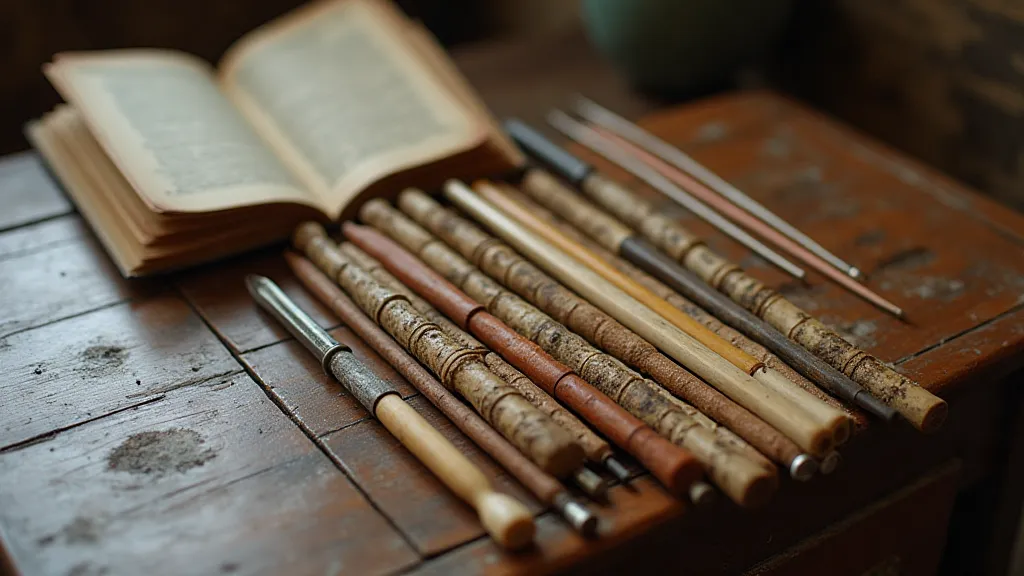
More Than Tools: Symbols of Community and Craft
Perhaps the most compelling aspect of antique knitting needles is their ability to connect us to the women who used them. Knitting, historically, has been a predominantly female activity, a source of community, creativity, and economic support. These needles represent the countless hours spent knitting socks for soldiers, blankets for the sick, and garments for families. They are tangible reminders of resilience, resourcefulness, and the enduring power of human connection.
My grandmother never taught me to knit. She simply left me the tools, trusting that I would one day understand their significance. And now, holding these needles, I feel a profound sense of responsibility – to honor the legacy of the women who came before me, to appreciate the artistry and craftsmanship that went into their creation, and to pass them on to future generations. The evolution of knitting traditions, and the tools that supported them, reflects the changing roles and experiences of women throughout history.
Preserving and Appreciating the Past
Restoration of antique knitting needles should be approached with caution. Excessive cleaning or polishing can damage the original finish and diminish their historical value. Gentle cleaning with a soft cloth and beeswax is usually sufficient. Repairs, if necessary, should be undertaken by a qualified conservator who understands the materials and techniques used in their construction. The most important thing is to preserve the integrity of the needles and to appreciate them for what they are – invaluable artifacts of a bygone era. Recognizing the evolving skills and techniques used in knitting is just as important as understanding the tools themselves.
Collecting antique knitting needles isn’t about accumulating possessions; it’s about building a connection to the past, about understanding the stories embedded within these simple tools, and about celebrating the enduring power of human creativity. Each needle tells a story, a whisper of a life lived, a testament to the enduring legacy of women and the art of knitting. Recognizing that decline of these traditions, and the reasons behind it, prompts reflection on how we can preserve the skills and knowledge for future generations. The gradual disappearance of these skills, and the reasons behind it, are explored further in Needle’s Requiem: The Gradual Disappearance of Traditional Crafting Practices.
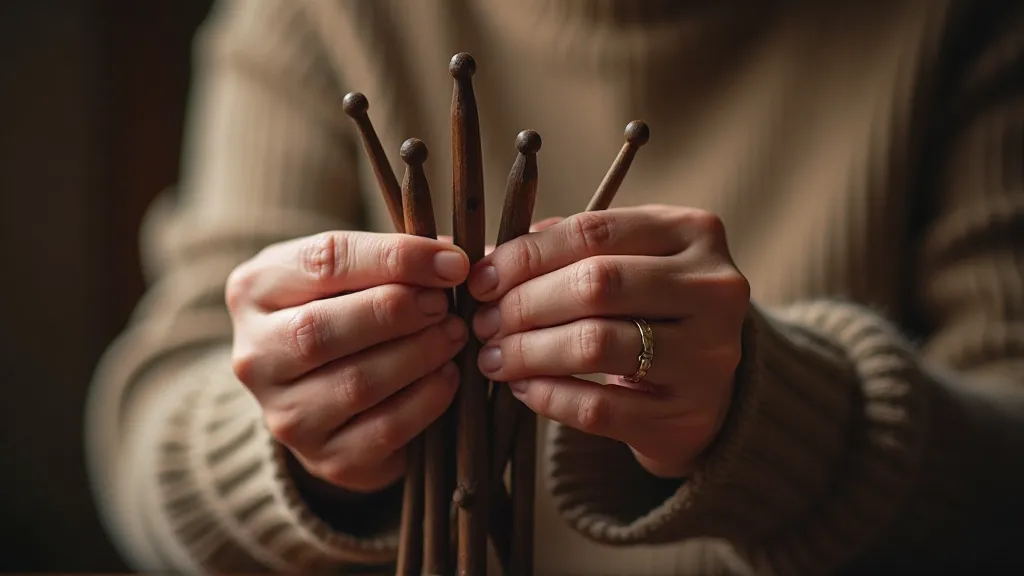
Further than simple preservation and appreciation, there’s an opportunity to connect the past with the present. The skills used by Elsie and the women before her aren't lost; they can be revived and adapted for modern use. There is a beauty in seeing these ancient tools used to create new works, bridging the gap between generations. This revival also allows us to appreciate the ingenuity and skill of those who came before, recognizing them not just as keepers of a tradition, but as innovators in their own right. The craftsmanship involved in creating these objects is a link to an older, more deliberate way of life. The attention to detail and the care taken in each step of the process are a stark contrast to the mass production that characterizes much of modern industry.
The story of antique knitting needles is more than just a collection of objects; it’s a reflection of human history, cultural traditions, and the enduring power of human creativity. It’s a reminder that even the simplest tools can hold profound meaning and connection to the past.
